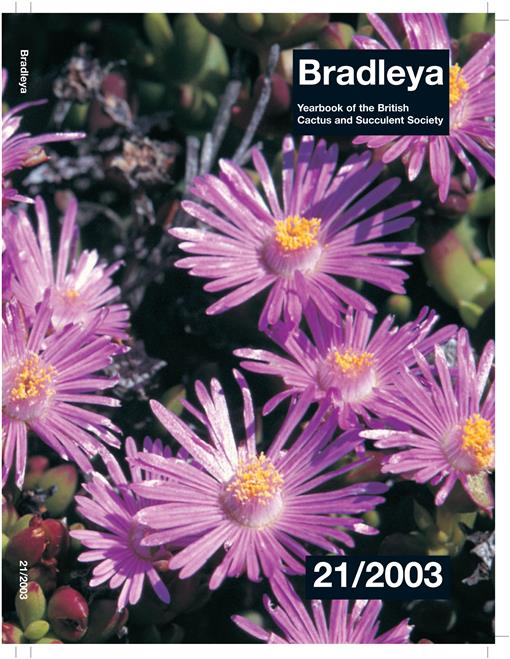The genus Cipocereus belongs to the subfamily Cactoideae, tribe Cereeae, and includes columnar or semi-erect species, endemic of the Serra do Espinhaço of Minas Gerais, Brazil. It is composed of five species: C. bradei, C. crassisepalus, C. laniflorus, C. minensis and C. pusilliflorus. It is considered to be one of the most primitive of the tribe, due to a vascular cylinder composed of secondary xylem with heavy lignification, among other morphological characters. The aim of the present work is to verify the occurrence of diagnostic and taxonomic features. Stem and branch samples of each species were cut at apical, medium and basal portions. Sections were stained with safranin and astrablue and mounted in synthetic resin. The species share the following characters: a uniseriate epidermis, with thick cuticle; an external cortex portion differentiated to have a hypodermis, with many layers of cells with very thick walls; a well developed palisade chlorenchyma containing mucilage cells. During the secondary vascular formation, sclereid precursors are present outside the secondary phloem, that give rise to sclereids in later stages. Primary rays are formed by the interfascicular cambium and secondary rays by the fascicular cambium, among the axial elements of xylem and phloem. The secondary phloem is composed of sieve tube elements with transverse simple sieve plate, companion cells, axial and radial parenchyma. The xylem is composed of vessel elements with simple perforation plates, septate libriform fibres, large and high rays, axial scanty paratracheal parenchyma. Species differences have been found in the hypodermis structure, the presence of crystals and mucilage cells.
How to translate text using browser tools
1 August 2003
Stem anatomy of Cipocereus (Cactaceae)
Patricia Soffiatti,
Veronica Angyalossy
ACCESS THE FULL ARTICLE

Bradleya
Vol. 2003 • No. 21
August 2003
Vol. 2003 • No. 21
August 2003




